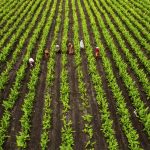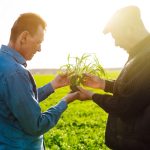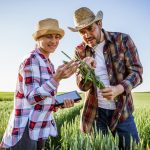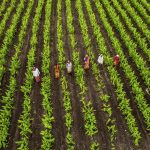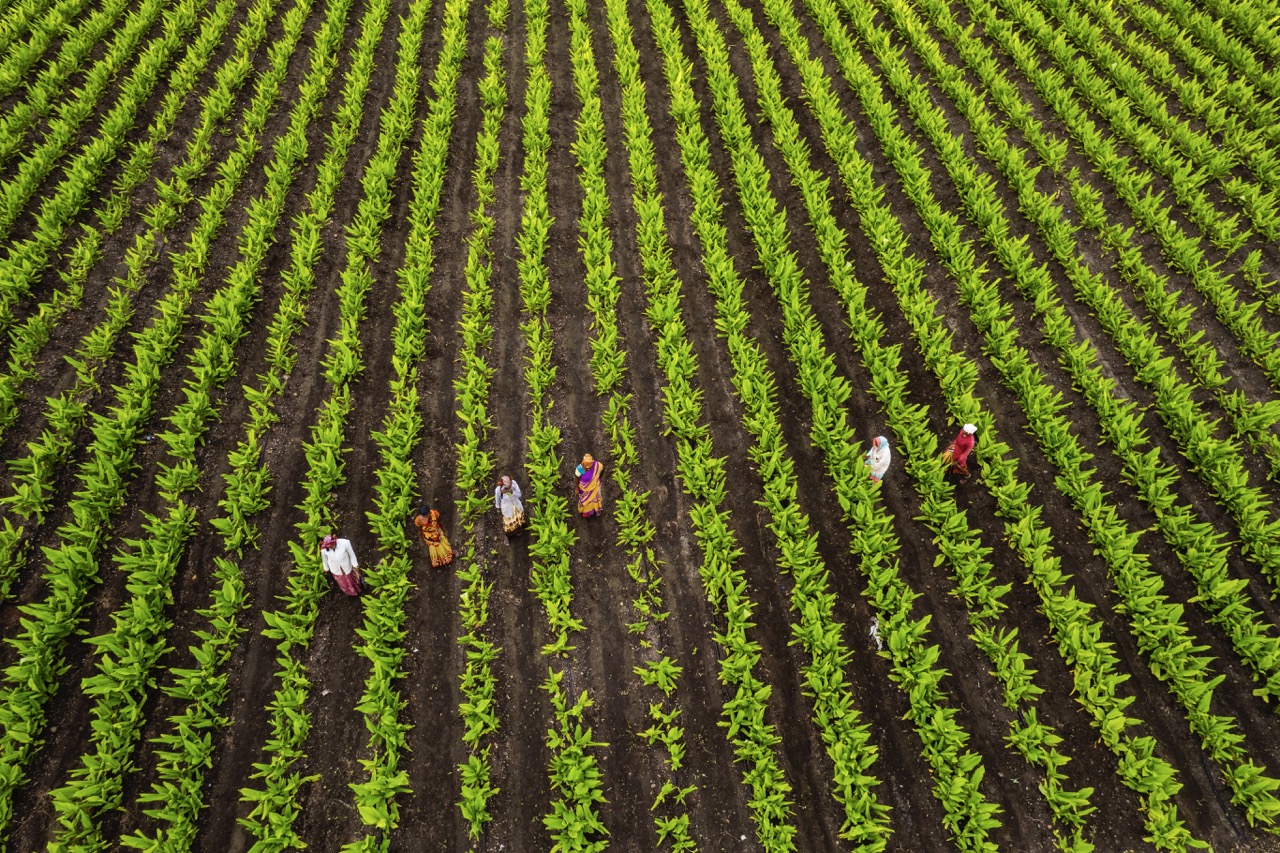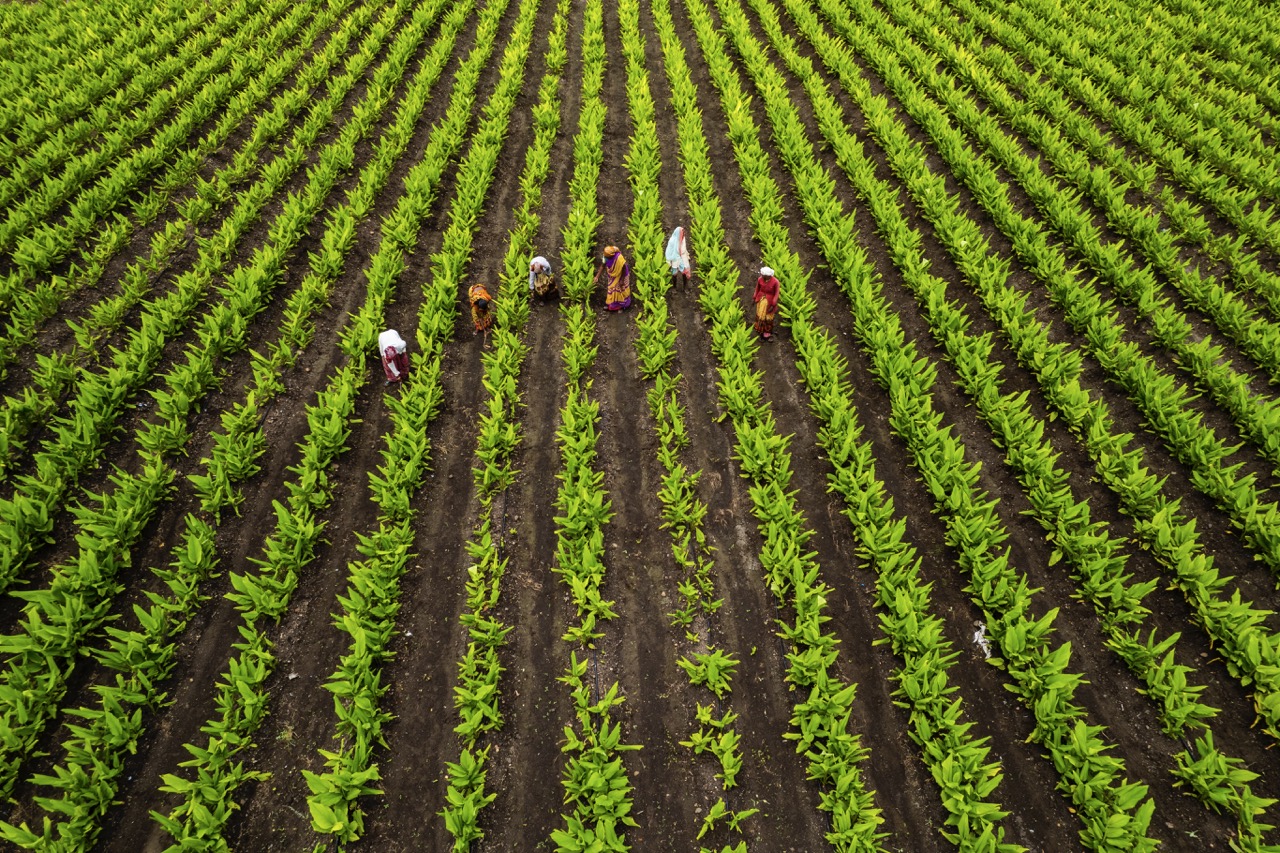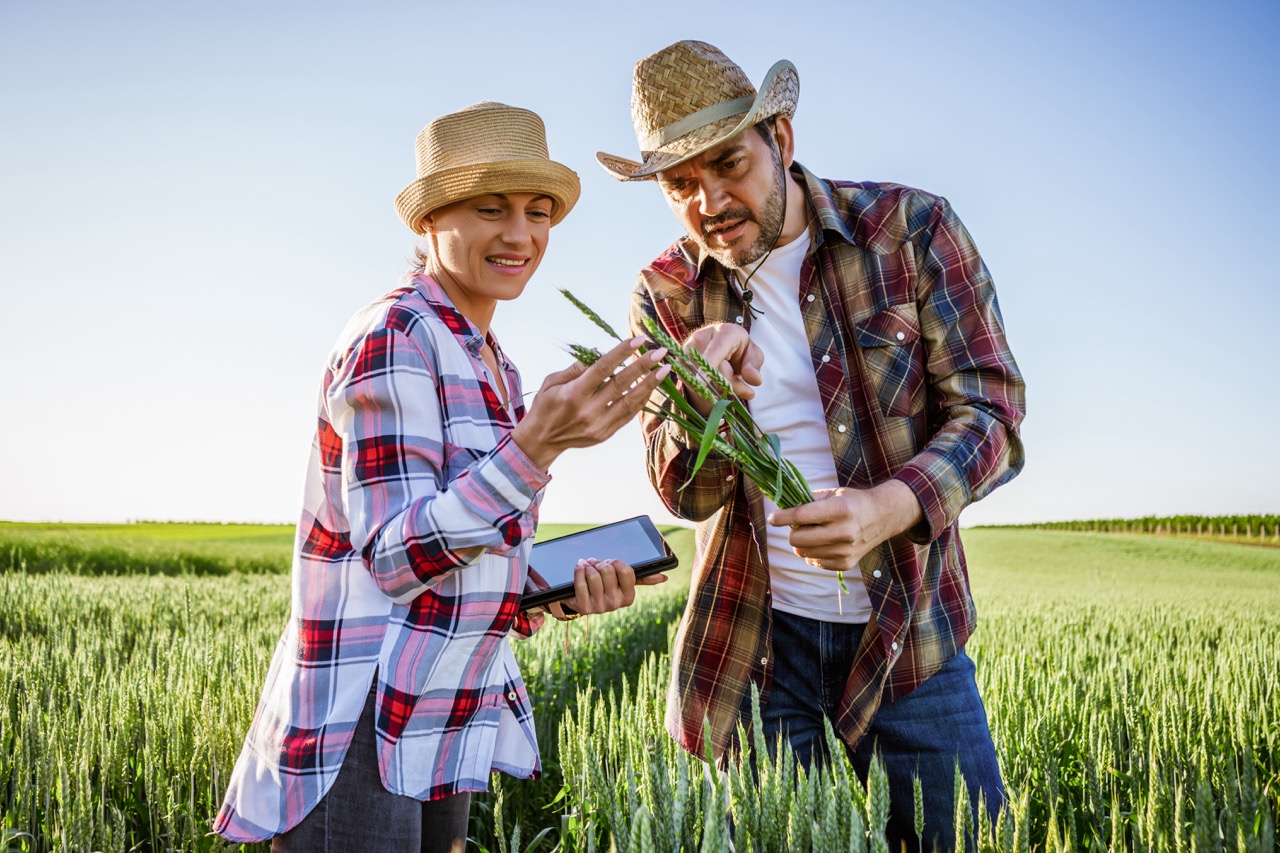The agricultural sector is undergoing a revolution driven by advancements in robotics and automation technology. As the global population continues to grow, the demand for efficient and sustainable farming practices has never been more critical. Robots are being designed to perform a variety of tasks, from planting and harvesting to monitoring crop health in real-time. This article explores the latest developments in agricultural robotics, the role of artificial intelligence (AI) in precision farming, the challenges that hinder widespread adoption, and future trends that will shape the agricultural landscape.
Advancements in Agricultural Robotics: A New Era Begins
The integration of robotics into agriculture signifies a new era of farming characterized by precision, efficiency, and sustainability. Modern agricultural robots are equipped with advanced sensors, cameras, and machine learning algorithms, enabling them to carry out complex tasks with minimal human intervention. From autonomous tractors that can plow fields to drones that monitor crop health, these technologies are enhancing productivity while reducing the environmental impact of farming practices.
One of the most exciting advancements is the development of robotic harvesting systems. These machines can identify ripe produce and harvest it with precision, minimizing damage to crops and ensuring higher quality yields. Companies are now investing heavily in research and development to create robots capable of navigating diverse terrains and varying weather conditions, making them suitable for different agricultural environments worldwide. This adaptability is crucial as farmers face increasing pressure to maximize output while adhering to sustainable practices.
Additionally, the use of robotics can mitigate labor shortages in agriculture, a challenge that has been exacerbated by the COVID-19 pandemic. Many regions have struggled to find sufficient labor for seasonal work, leading to increased interest in automation as a viable solution. As these technologies become more accessible and affordable, they promise to revolutionize the way farming is conducted, driving a shift toward a more technologically advanced agricultural landscape.
The Role of AI in Precision Farming and Automation
Artificial intelligence is at the forefront of the agricultural automation revolution, driving innovations in precision farming. AI algorithms can analyze vast amounts of data from various sources, including soil moisture levels, weather patterns, and crop health indicators, to provide farmers with actionable insights. This data-driven approach allows for more informed decision-making, leading to optimized resource allocation and enhanced crop yields.
Moreover, AI-enabled robotics can perform tasks such as weeding, planting, and fertilization with remarkable accuracy. Machine learning models can learn from past farming practices, adapting to changes in crop types and environmental conditions. As these systems become more sophisticated, they can predict potential challenges, such as pest infestations or diseases, allowing farmers to take proactive measures. This not only increases efficiency but also reduces the need for harmful chemical inputs, promoting environmentally-friendly practices.
The synergy between AI and robotics is also facilitating the rise of smart farming ecosystems. These systems incorporate internet-of-things (IoT) devices that communicate with each other to create a connected farming environment. Farmers can monitor their fields in real-time and make data-driven adjustments, leading to improved productivity and sustainability. As AI continues to evolve, its impact on precision farming and automation will redefine traditional agricultural practices, making them more efficient and sustainable.
Challenges Facing the Adoption of Robotic Solutions
Despite the promising advancements in agricultural robotics, several challenges hinder their widespread adoption. One of the most significant barriers is the high initial investment required for robotic systems and AI technologies. Many small to medium-sized farms may find it difficult to afford these innovations, leading to a disparity between large agribusinesses and smaller farms. Financial support and subsidies from governments could play a vital role in bridging this gap and facilitating adoption.
Another challenge is the need for skilled labor to operate and maintain these advanced systems. While robots can automate many tasks, they still require human oversight, programming, and maintenance. The agricultural workforce must adapt to new technologies, which may necessitate retraining programs and educational initiatives. Without adequate training, the potential of these technologies may be underutilized, ultimately limiting their effectiveness in the field.
Furthermore, regulatory hurdles can complicate the integration of robotics in agriculture. Issues related to safety, liability, and data privacy must be addressed to create a conducive environment for innovation. Policymakers need to collaborate with industry experts to develop clear guidelines that ensure the safe and responsible use of robotic technologies. This collaboration will be crucial in fostering an atmosphere where agricultural robotics can thrive and contribute to sustainable farming practices.
Future Trends: How Automation Will Shape Agriculture
The future of agriculture is poised to be dramatically influenced by increased automation and robotics. As technology continues to advance, we can expect to see more autonomous systems that can operate without human intervention, allowing farmers to focus on strategic decision-making rather than day-to-day tasks. These systems will not only enhance productivity but also allow for the scaling of operations, enabling farmers to manage larger areas with greater efficiency.
One emerging trend is the adoption of vertical farming, where automated systems are integrated into urban agriculture practices. Robots will play an essential role in managing these controlled environments, optimizing conditions for plant growth, and ensuring consistent yields. As cities seek to become more self-sufficient in food production, the demand for automated solutions in vertical farming is likely to grow, shaping the future of urban agriculture.
Additionally, advancements in drone technology will continue to play a critical role in modern farming. Drones equipped with multispectral cameras and AI algorithms will provide farmers with detailed insights into crop health, soil conditions, and irrigation needs. This data will empower farmers to make informed decisions and implement targeted interventions, ultimately increasing agricultural resilience in the face of climate change and other challenges. As these trends develop, the agricultural landscape will continue to evolve, driven by the transformative power of robotics and automation.
The future of agricultural robotics and automation is bright, promising a more efficient, sustainable, and productive farming landscape. As advancements in technology continue to emerge, they present opportunities to address longstanding challenges within the agricultural sector. However, for these innovations to reach their full potential, it is imperative to overcome existing barriers, including financial, educational, and regulatory challenges. By fostering collaboration among stakeholders in farming, technology, and government, the agricultural community can pave the way for a new era of smart farming that benefits both farmers and consumers alike.
